Plant Bio
The Orange Geiger tree, also known as Cordia sebestena, is a stunning tropical tree that adds a burst of color to any garden landscape. With its vibrant orange flowers and glossy green leaves, this tree creates a vivid and eye-catching display. The Orange Geiger tree thrives in warm climates and is perfect for outdoor gardens or as a focal point in your yard. These trees attract birds and butterflies, enhancing the biodiversity of your garden. To care for your Orange Geiger tree, ensure it receives adequate sunlight and well-draining soil. Regular watering is essential, especially during the growing season. Pair your Orange Geiger tree with plants like Bougainvillea or Hibiscus for a vibrant and lush tropical garden. Elevate your outdoor space with the Orange Geiger tree and enjoy its beauty and benefits year-round.
Cordia sebestena also known as Orange Geiger Tree, Geranium Tree, Anaconda, Scarlet Cordia This dense, rounded, evergreen native tree grows slowly to a height of 25 feet with an equal spread and can develop a trunk 12 inches thick. The large, seven-inch-long, stiff, dark green leaves are rough and hairy, feeling much like sandpaper. Appearing throughout the year, but especially in spring and summer, are dark orange, two-inch-wide flowers which appear in clusters at branch tips. The splendid flowers are followed by one to two-inch-long, pearshaped fruits, which have a pleasant fragrance but are not particularly tasty.
Cordia Sebestena
Description
Cordia Sebestena is commonly known as Geiger Tree and it is an evergreen Shrub. It grows to a maximum height of 25-30 feet at maturity, with a nearly equal spread. The dense, evergreen foliage consists of dark green, leathery, alternate, ovate leaves, seven inches long, with wavy margins. These leaves are covered with small hairs, lending them a rough texture. Flowers are produced in clusters at branch ends throughout the year, particularly in the spring and summer. They are dark orange in colour.
Environment
Cordia Sebestena needs to be grown in full sun. It grows well in places where the soil is not a problem. The roots are very susceptible to rot; therefore watering should be done only when needed. The plant is drought tolerant.
Landscape Uses
Well suited to be grown in gardens for its beautiful flowers.

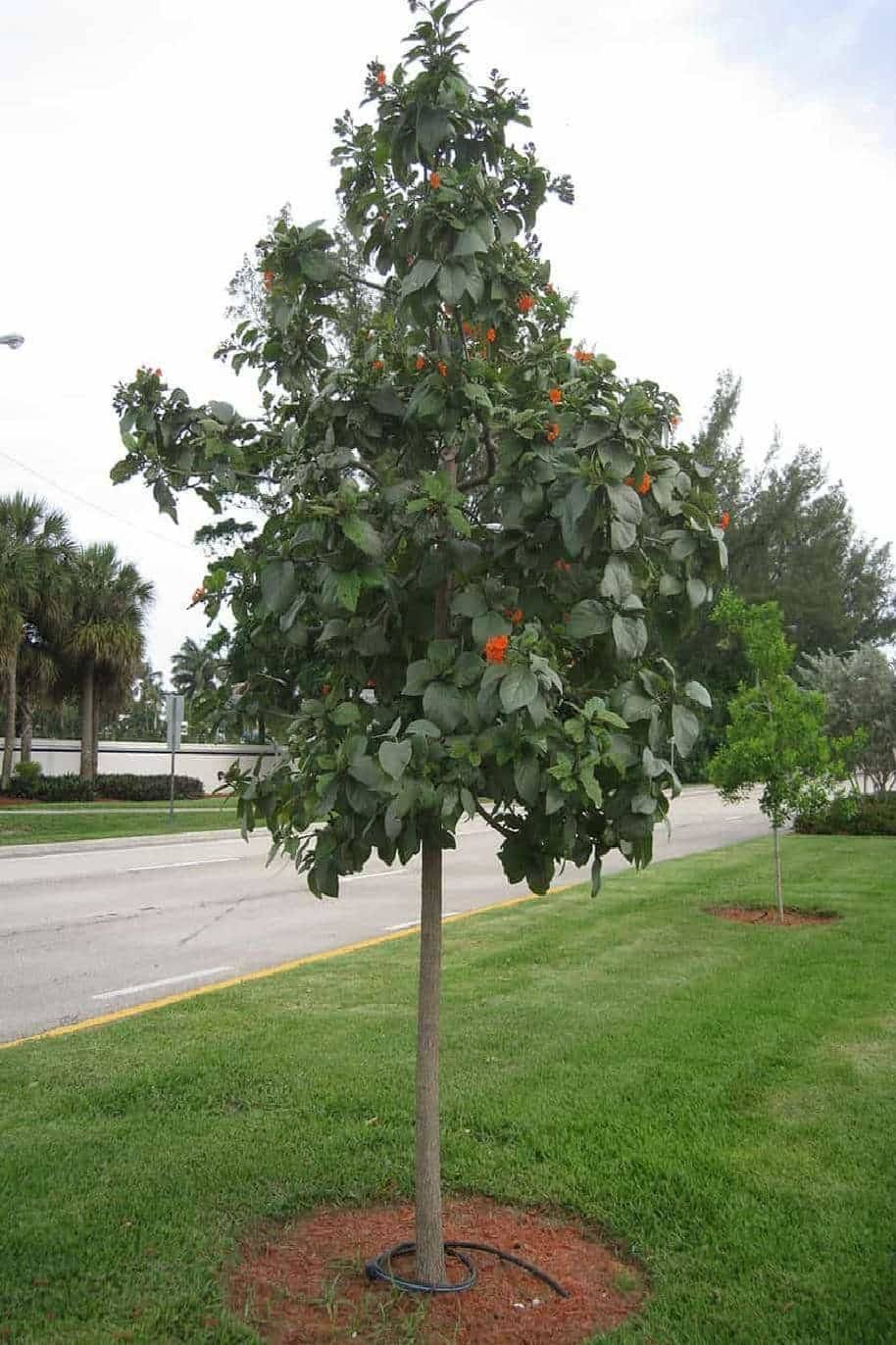
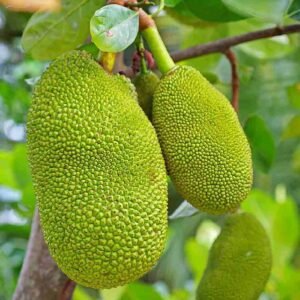
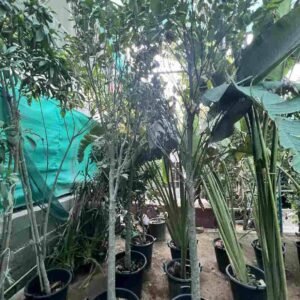

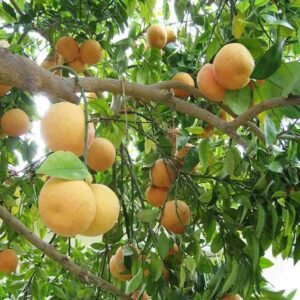


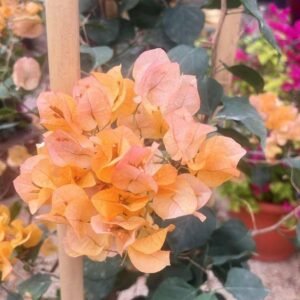
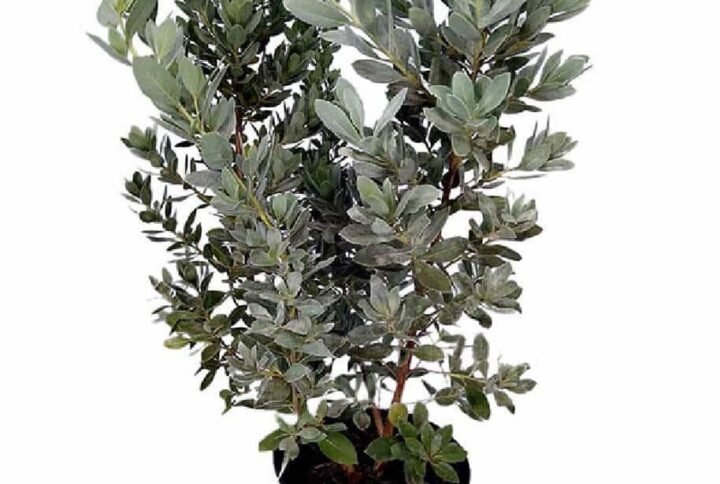
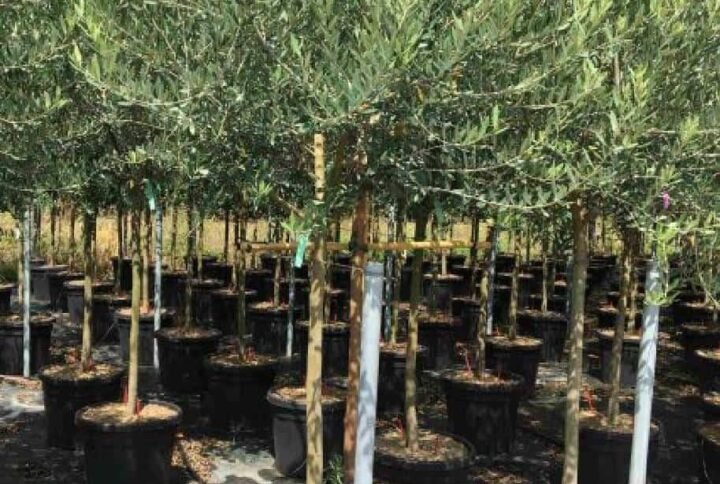
Reviews
There are no reviews yet.